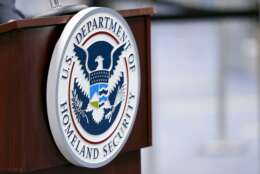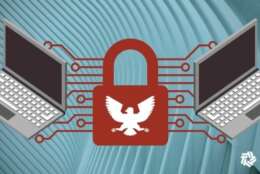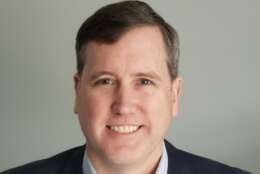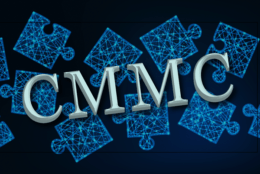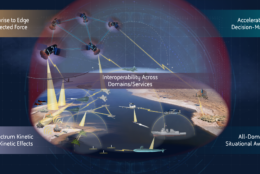Cybersecurity
-
The Office of Management and Budget released the annual Federal Information Security Management Act (FISMA) guidance with a focus on risk-based, data-drive decisions.
December 07, 2021 -
DHS is setting minimum cybersecurity standards for critical companies in the transportation sector, with potentially more requirements on the way.
December 06, 2021 -
As government agencies shift to the zero trust model to combat evolving cyber threats, a primary focus should be on removing data silos
December 06, 2021 -
John Simms, the deputy branch chief of the Cybersecurity Assurance Branch in CISA, said all the guidance is helping agencies shift their cyber thinking away from the network and closer to the data.
December 03, 2021 -
The ransomware threat has spooked nearly everyone. A big unknown is how vulnerable your organization actually is to ransomware attacks.
December 02, 2021 -
The advisor positions were created two years ago, but they're just now starting to make their mark on the military services' cyberspace budgets and force designs.
December 02, 2021 -
Computer World Services Corp. prevailed in its protest of NITAAC’s CIO-SP4 solicitation after arguing that certain past performance requirements were restrictive and unfair.
December 02, 2021 -
CISA Director Jen Easterly announced the inaugural board members today. The group’s first meeting is scheduled for Dec. 10.
December 01, 2021 -
Successful zero trust implementation will be contingent on agencies’ understanding of basic zero trust principles, their understanding of the benchmarks outlined in CISA’s Zero Trust Security Model.
November 29, 2021 -
In today's Federal Newscast: CISA is taking new steps to make your email even safer. The Defense Department is looking to expand private in-home childcare. And the Defense Intelligence Agency just inked a massive IT contract.
November 29, 2021 -
Mark Johnson, vice president of Federal Cloud at Oracle, joined host John Gilroy on this week's Federal Tech Talk to discuss the challenges federal information technology folks have in transitioning to the cloud.
November 29, 2021 -
The Pentagon is considering profit incentives and source selection criteria to get defense contractors to up their cybersecurity game before CMMC 2.0 becomes a reality.
November 26, 2021 -
The new guidance is intended to help agencies nail down the security requirements of their 5G applications, whether in a hospital or a remote military base.
November 25, 2021 -
TSA is expected to issue new security directives for passenger and freight rail operators in the coming weeks.
November 23, 2021 -
Steve Jameson, director and solution architect for BAE Systems Intelligence & Security, writes that systems integrators will play a key role in helping DoD manage the JADO complexity.
November 23, 2021


